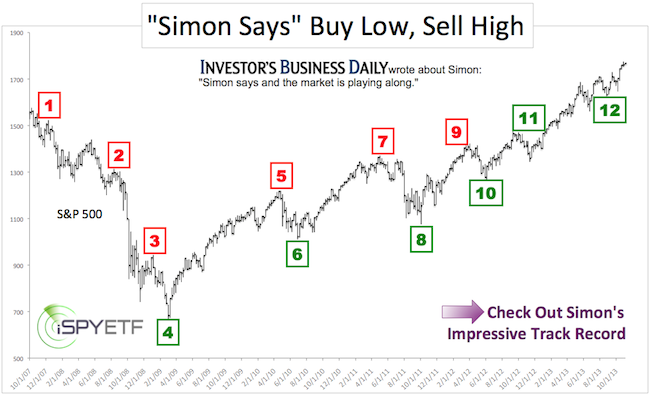The low-interest rate environment is not only putting the squeeze on savers and retiree’s, it’s also forcing central banks to look for greener interest pastures.
Central banks are caught in a classic catch-22 scenario. To spark their economies, central banks have lowered rates.
This has cost central banks around the globe $200 - $250 billion in interest income. Some of those losses have been offset by reduced payments of interest on the liabilities side of the balance sheet, but nevertheless, bankers are haunted by the monster they created.
What can central banks do to boost their bottom line?
According to a study by the Official Monetary and Financial Institutions Forum (OMFIF), “a cluster of central banking investors has become major players on world equity markets.”
The OMFIF report identifies $29.1 trillion in market investments. This includes investments in stocks, like the S&P 500 (SNP: ^GSPC), and precious metals.
Based on research from 2013, central banks held $10.9 trillion of currency reserves, that’s about 20% of the $55 trillion market value of global stocks.
A survey of central banks, taken in 2013, revealed that 23% of polled central banks own stocks or ETFs – like the SPDR S&P 500 ETF (NYSEArca: SPY) – or intend to buy stocks or ETFs.
For example, the Swiss National Bank has an equity quota of 15% and is investing in large, mid-and small-cap stocks in developed markets worldwide.
China’s State Administration of Foreign Exchange, part of the People’s Bank of China (PBoC), manages about $3.9 trillion and has become the world’s largest public sector holder of equities.
Here is where the 'rising tide lifts all boats’ analogy comes in.
The Profit Radar Report has persistently maintained that buying power behind stocks (a proprietary gauge of demand chasing stocks) remains strong.
The Profit Radar Report uses this proprietary buying power index to gauge the odds of major market tops and stated in March, April, May, June and July that the buying power is too high for a major top (continous buying power updates are available via the Profit Radar Report).
But central bank liquidity is not the only reason for continuous S&P 500 highs. There is another reason, one that is much easier to monitor and gauge than covert central bank buying.
The reason why the S&P 500 continues to rally without a major correction (1,000 days and counting) is discussed here:
The Only Indicator that Foresaw a Persistent S&P 500 Rally with no Correction
Simon Maierhofer is the publisher of the Profit Radar Report. The Profit Radar Report presents complex market analysis (S&P 500, Dow Jones, gold, silver, euro and bonds) in an easy format. Technical analysis, sentiment indicators, seasonal patterns and common sense are all wrapped up into two or more easy-to-read weekly updates. All Profit Radar Report recommendations resulted in a 59.51% net gain in 2013.
Follow Simon on Twitter @ iSPYETF or sign up for the FREE iSPYETF Newsletter to get actionable ETF trade ideas delivered for free.

|